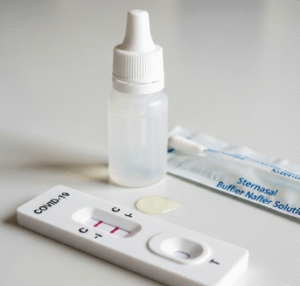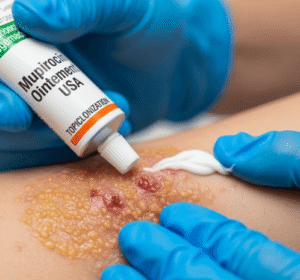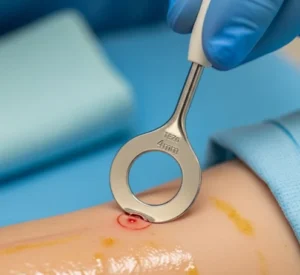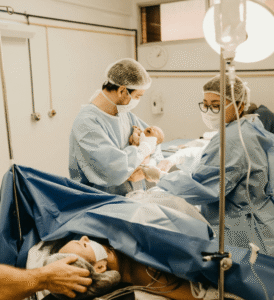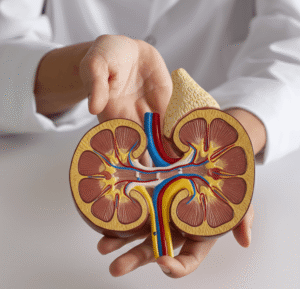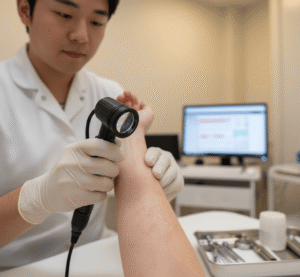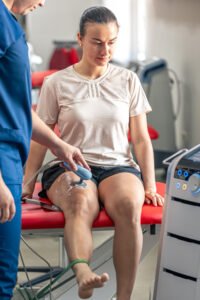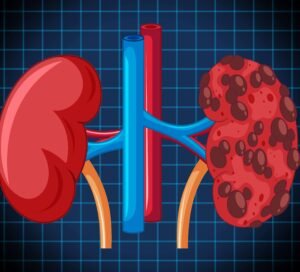Overview
Water breaking refers to the rupture of the amniotic sac, which releases amniotic fluid and usually signals that labor is about to begin. This is a key event in pregnancy, especially during the third trimester, and can occur naturally or, in some cases, prematurely.
➤ It is a natural part of the birthing process, though timing, volume, and color of the fluid provide important information for monitoring maternal and fetal health.
➤ Premature rupture of membranes (PROM) before 37 weeks requires immediate medical evaluation.
➤ In Korea, obstetrics and maternity hospitals provide monitoring, labor induction, and neonatal care when water breaks.
Key Facts
► Definition: The rupture of the amniotic sac, resulting in leakage of amniotic fluid.
► Prevalence: Occurs in nearly all pregnancies at term (37–42 weeks), but premature rupture happens in ~8–10% of cases.
► Associated symptoms: Sudden gush or trickle of fluid from the vagina, mild contractions, or increased vaginal discharge.
► Risk factors: Premature rupture of membranes, multiple pregnancies, infections, polyhydramnios, or history of preterm birth.
► Treatment in Korea: Depends on gestational age, fetal status, and presence of labor; may include hospitalization, monitoring, induction, or cesarean delivery.
What Is Water Breaking?
Water breaking occurs when the amniotic sac, which protects and cushions the baby, ruptures, releasing fluid through the cervix and vagina.
➔ At term pregnancies, it often precedes or coincides with labor contractions.
➔ Premature rupture can lead to complications like infection (chorioamnionitis), preterm labor, or umbilical cord issues.
➔ The color, odor, and volume of amniotic fluid can indicate fetal well-being and potential problems (e.g., meconium-stained fluid may suggest fetal distress).
What Symptoms Are Related to Water Breaking?
Symptoms may include:
→ Sudden gush or slow trickle of clear or slightly yellowish fluid from the vagina.
→ Increased vaginal wetness or feeling of constant leakage.
→ Mild abdominal or pelvic discomfort, often preceding contractions.
→ Regular uterine contractions shortly after water breaks in term pregnancies.
→ Changes in fetal movement – decreased movement may signal fetal distress.
→ Fever or foul-smelling fluid may indicate infection and require urgent attention.
Causes / Possible Causes of Water Breaking
Physiological Causes
➤ Term labor – Natural rupture as part of the birthing process.
➤ Uterine contractions – Pressure on the amniotic sac leads to rupture.
➤ Cervical dilation – As labor progresses, the sac may break spontaneously.
Premature Causes
➔ Premature rupture of membranes (PROM) – Rupture before 37 weeks.
➔ Infections – Vaginal, urinary, or uterine infections weaken membranes.
➔ Polyhydramnios – Excess amniotic fluid increases pressure on the sac.
➔ Multiple gestations – Twins or triplets increase risk of early rupture.
➔ Trauma or invasive procedures – Certain medical interventions or accidents.
Other Contributing Factors
→ Previous history of PROM.
→ Cervical incompetence or structural abnormalities.
→ Smoking, poor nutrition, or maternal age extremes.
When Should I See My Doctor?
Seek immediate medical evaluation if:
➤ Water breaks before 37 weeks (preterm).
➤ Fluid is green, brown, or foul-smelling, indicating meconium or infection.
➤ You experience fever, abdominal pain, or decreased fetal movement.
➤ Labor contractions do not begin within a few hours after water breaks at term.
➤ Early intervention helps prevent infection, preterm labor complications, and fetal distress.
Care and Treatment
Immediate Home Care (Before Hospital Arrival)
► Lie down and remain calm; note the time, color, and amount of fluid.
► Avoid inserting anything into the vagina.
► Do not attempt to stop the leakage; monitor fluid flow.
► Contact your obstetric provider or hospital immediately.
Medical Treatments
➔ Hospital evaluation – Assess maternal vitals, fetal heart rate, and fluid status.
➔ Monitoring for infection – Blood tests, cultures, and temperature checks.
➔ Induction of labor if contractions do not start naturally at term.
➔ Antibiotics in cases of premature rupture or infection risk.
➔ Corticosteroids if preterm to promote fetal lung maturity.
Procedural and Advanced Interventions
→ Amniotomy – Artificial rupture in controlled labor if needed.
→ Cesarean delivery – For fetal distress, malpresentation, or failed labor induction.
→ Continuous fetal monitoring to ensure well-being.
Treatment Options in Korea
Diagnosis in Korea
➤ Visual examination and pH testing to confirm amniotic fluid.
➤ Ultrasound to assess amniotic fluid index (AFI) and fetal status.
➤ Monitoring for signs of preterm labor or infection.
Non-Surgical Care
► Hospital admission for observation and monitoring.
► Medications to manage infection, preterm contractions, or fetal lung development.
► Patient education on labor signs, hygiene, and fluid monitoring.
Advanced Care
➔ Labor induction using medications such as oxytocin.
➔ Cesarean section for obstructed labor or fetal complications.
➔ Multidisciplinary approach with obstetrics, neonatology, and anesthesiology for high-risk or preterm cases.
Rehabilitation and Lifestyle Support
→ Postpartum care including infection prevention, pelvic floor recovery, and breastfeeding support.
→ Education for future pregnancy planning and PROM prevention.
→ Ongoing monitoring for preterm or complicated deliveries.
Korean maternity hospitals combine expert obstetricians, neonatal specialists, and advanced monitoring to ensure the safety of both mother and baby when water breaks.




